How Will Cities Change With Autonomous Cars?

Many automakers and analysts are predicting that autonomous cars could arrive as soon as 2020. In order to support these driverless cars, our cities will have to change drastically.
According to a report from global architecture, planning, engineering and technology firm, IBI Group, driverless cars can solve a number of traffic problems, but only if they’re implemented properly and with the right support from cities. The author of the report and a transportation planner based in Toronto, Alex Mereu, was able to shed some light on what cities need to do to appropriately support the future of driverless cars.
How Will Successful Integration Happen?
Mereu is quick to point out that cities will play a pivotal role in successfully integrating autonomous cars. “It starts with effective governance led by a city council that is committed to city-building objectives and has a trusting relationship with city staff that shares the same vision,” he said. Simply put, a lot of the onus is on politicians.
Cities have to have a vision where their “objectives can be achieved by leveraging technology and establishing private-public partnerships,” Mereu said. He added that success comes from providing a “framework for how a transit agency can leverage the benefits that technology can bring to their operational efficiency and passenger experience – this includes capitalizing on autonomous vehicle technology as it becomes more widely available.”
Many cities have a public transportation system in place, for example, but urban sprawl has made getting to stations difficult for some. Mereu suggests that true driverless cars can help those who have poor access to the stations get to where they need to go for their daily commute.
The City Paves the Way for Autonomous Vehicles
How will they get to this point? Self-driving cars are still being tested and there are a lot of obstacles to overcome before they achieve true success. In the IBI Group report that Mereu authored, he explained that autonomous vehicles “could eliminate or reduce the severity of 90 percent of traffic-related fatalities,” but that the “transition period when both Autonomous Vehicles and non-Autonomous Vehicles are on the road could make matters worse before it makes them better.”
According to the report, a solution that maximizes the advantages of autonomous tech while minimizing issues for regular cars would be to separate AVs and non-AVs on the road in the early stages.
This can be done through good infrastructure and road design. “Certain practices in road design can be applied to optimize the operational efficiency and effectiveness of AVs,” said Mereu. He points to an Autonomous Vehicle research paper conducted and published by the Canadian government that points out other ways cities can improve infrastructure to support AVs: “The creation of AV-only lanes, the construction of roundabouts (which are more efficient for AVs than traffic signals), and the changing of traffic signs to transmitters that send data directly to connected vehicles.”
Urban vs Highway Issues
When discussing the early stages of autonomous vehicles on our roads, Mereu says they will be used equally in the city and on the highway. Sure, the highway seems like the logical place to have autonomous vehicles at first since there are very defined rules and a consistent traffic pattern, but driverless cars will also be a huge asset in the city, where they can reduce the number of pedestrian injuries and fatalities, while providing a taxi-like service without the labor charges.
“The application won’t necessarily be urban vs suburban, but certain industries are more likely to adopt the technology first,” said Mereu. “Any agency or company that operates vehicle fleets, for example, will be encouraged by the ability to reduce operating expenses by reducing driver labor costs and improving driving efficiency.” He explains that can be achieved by “platooning,” a maneuver where autonomous vehicles can follow each other very closely and draft to reduce fuel usage.
“That being said, the freight applications will first be seen on highways,” said Mereu. “Public transit applications will first be seen on highways and separated rights-of-way (buses with their own lanes, for example), or in controlled environments, such as university campuses or airports.”
And, as mentioned before, autonomous vehicles could work as connections between suburban neighborhoods and larger mass transit systems like train or subway systems, so they can work together.
Additionally, Mereu pointed out that in the future, fewer parking lots will be needed, so the land could be repurposed for housing or recreation, as an example. The IBI report suggests that driverless cars don’t need to be parked all day because many will be owned by ride-sharing companies, so they can be on the road constantly picking people up and dropping them off. While this could contribute to less demand for parking and less car ownership, there is a risk of increasing congestion with an increase in single and zero occupant vehicles. A high use of shared rides (multi-passenger vehicles) is an extremely important component of the successful mitigation of congestion in such a system.
Breaking Down the Mobility Buzzword
The way Mereu discusses transportation as a whole with personal vehicles, autonomous vehicles and public transit is very different than the way the transportation has been described in the past.
“Traditionally, car ownership in most North American contexts (with the exception of some major urban centres) is the most practical form of personal transportation, said Mereu. “Cities grew at the same time car ownership grew, so cities were built based upon the need to drive everywhere at the expense of making walking, transit, and cycling more difficult. This allows owning a car and driving it everywhere to have a higher utility than not owning a car and relying other transportation modes.”
Mereu points out that this is no longer the case due to the rising costs of parking and the crippling traffic jams that occur in some cities. “It is also unsustainable from the perspective of governments: roads and repairs are expensive, parking lots and roads takes up valuable land, and transportation is a major polluter,” he said. As a result, the government and other private companies are working to offer other modes of transportation that are free from cars or car ownership. In the future, people can save money by not buying a personal vehicle and using other modes including a driverless ride hailing service as needed, which, in theory, should be cheaper than a current taxi or Uber because there’s no driver to pay.
Ford ran a commercial during the 2017 Super Bowl in which it reclassified itself as a “mobility company.” They showcased a suite of services that went beyond just being a vehicle provider, including services and technologies like ride sharing, electric vehicles, bike sharing, and self-driving cars. “This is an example of a traditional auto manufacturer recognizing that the market is evolving and that moving people is what their true business is,” Mereu said.
The Transportation Conversation is Shifting
With driverless cars and autonomous vehicles looming in the near future, the conversation surrounding transportation is shifting away from personal vehicles and towards shared services and autonomous cars. It is in a city’s best interest to get on board with this new technology.
Not only will our roads change as autonomous cars become more mainstream, but our cities will have to be proactive to help autonomous cars reach that level of use. The way cities and infrastructure are constructed from the get-go will have to change, and city planning will take on a whole new objective to enable mobility and efficient movement better than ever before.

Sami has an unquenchable thirst for car knowledge and has been at AutoGuide for the past six years. He has a degree in journalism and media studies from the University of Guelph-Humber in Toronto and has won multiple journalism awards from the Automotive Journalist Association of Canada. Sami is also on the jury for the World Car Awards.
More by Sami Haj-Assaad



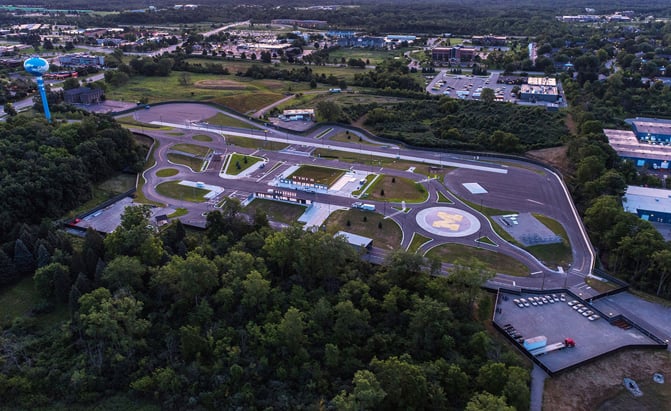



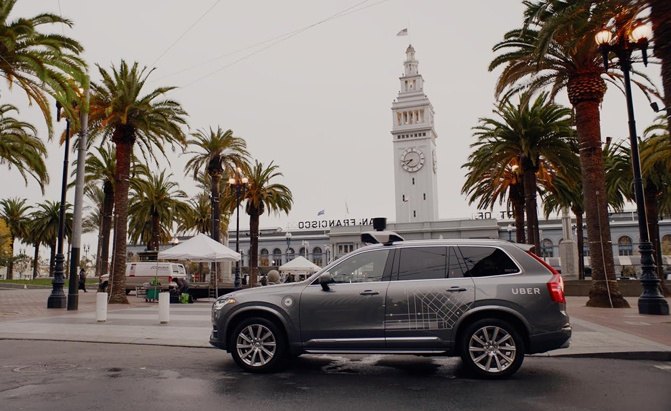


















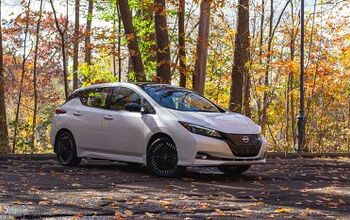


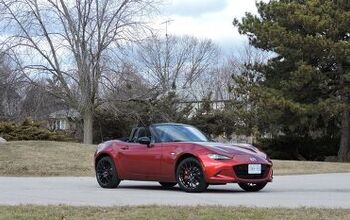

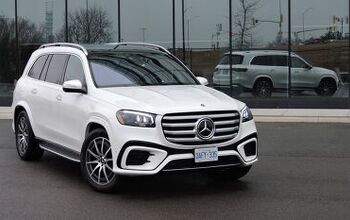


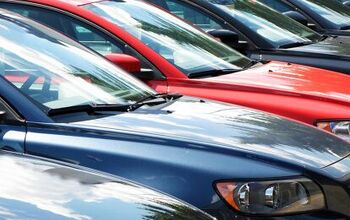


Comments
Join the conversation
I'm curious as to how these so called self driving vehicles will handle all the potholes in the roads. If you care to dodge all the potholes to save the abuse on your vehicle, these aren't really self-driving then are they?
I see this being a long, drawn out process. Most cities don't have sufficient funds to repair the potholes JonPaul mentioned, much less redesign and build new streets with roundabouts, separate lanes for AV and non-AV, buses, etc. The technology will probably be years, or decades, ahead of the infrastructure.